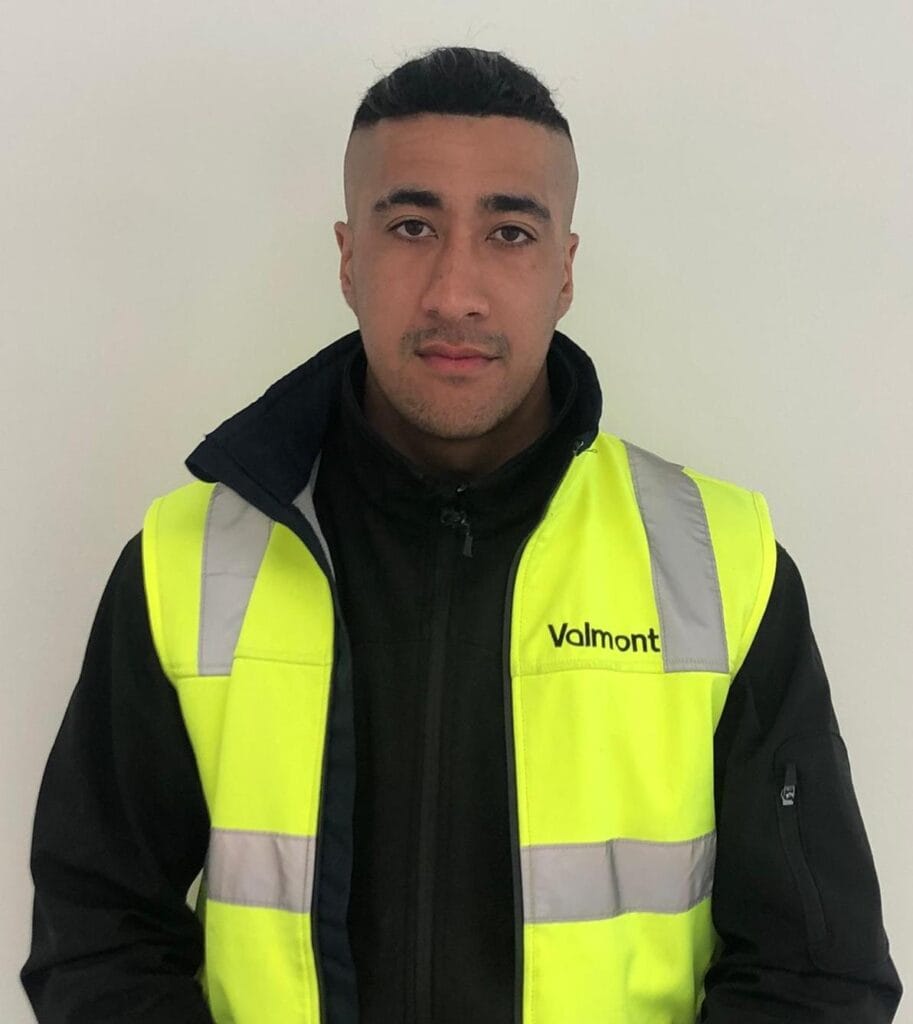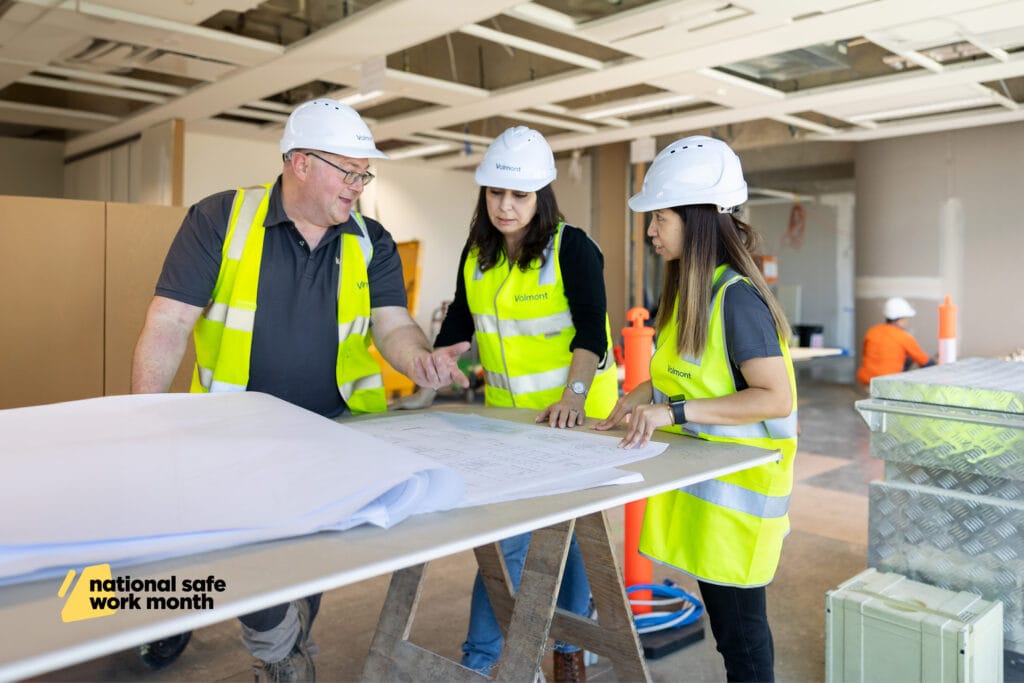October is National Safe Work month, and to help drive greater awareness and action, our HSEQ Leader, Jasmin Shelley, is publishing articles that align with Work Safe month’s weekly themes. Jasmin is also connecting with onsite team members to hear their perspectives. Jasmin joined Valmont early in 2023. She is currently studying Neuropsychology and has a passion for psychosocial health.
This week, the work safe theme is Working Together to Support All Workers. Jasmin sets out the importance of understanding and integrating every team member, whatever their circumstance or background, and outlines ways companies can help support them through programs and initiatives to ensure a truly connected workforce that shares in successes.
___
In every workplace, it is not just a legal obligation but also a moral responsibility to identify and support vulnerable workers. Protecting all team members, regardless of their circumstances, is essential both for compliance with work health and safety regulations and for the overall well-being of the workforce.
Vulnerable workers come from various backgrounds and situations. They may be young or elderly, dealing with chronic medical conditions, migrants or visa workers, or individuals from culturally and linguistically diverse backgrounds. Vulnerable team members can also include those with disabilities, individuals returning to work after an injury or illness, or those embarking on a new job or re-entering the workforce after an extended break. The spectrum of vulnerability is wide and dependent on individual circumstances.
Supporting vulnerable people not only ensures their safety but also contributes to a harmonious and diverse workplace, which is especially vital in our industry. This support is a two-way street, benefiting both the vulnerable individuals and their non-vulnerable colleagues or leaders and ultimately allows us to do a great job for our clients. Demonstrating kindness and offering assistance is advantageous for everyone involved.
So, how can we effectively support vulnerable team members? The first step is to identify the risks and factors that are more likely to cause harm to them. For instance, they may lack experience, awareness, or confidence in reporting issues. To address these challenges, it’s important to provide them with the necessary training and supervision to ensure they can work safely. Additionally, establishing appropriate mechanisms for people to report issues is essential.
At Valmont, we have implemented various initiatives to support our vulnerable team members. These include a leadership program to build capability in our emerging leaders, opportunities for flexible work, a solid support structure for workers with disabilities, and providing extra assistance for team members experiencing personal problems.
Furthermore, we’ve launched a shadow program, allowing young recruits to learn from experienced colleagues. As an example our Site Foreman, Fred Zalloua, is mentoring Leading Hand, Gerhard Pelman, a promising young talent. Through this program, we aim to facilitate knowledge transfer and set our employees up for success in their respective roles.
Let’s hear from Fred and Gerhard about their perspectives on our efforts to support vulnerable workers.

Firstly, Fred, who do you consider as being the most vulnerable workers onsite and why?
The most vulnerable workers onsite in my opinion, are young individuals new to the industry who lack experience and tend to take more risks.
What are some of the initiatives you provide onsite to ensure these people are looked after?
Having a teaching background I naturally take on a mentoring role. I provide them with guidance, open communication channels, and closely monitor their work. This includes frequent discussions to ensure they understand safety procedures and best practices.
In the case of Gerhard, he has now gained enough experience to now shadow sub-contractors on site so that he can understand their craft, along with their responsibilities and tasks. When conducting site audits, I also encourage Gerhard to take the lead in the assessment process before I review his findings. This approach empowers him with the knowledge and confidence to make informed decisions.

And Gerhard, what are some of the initiatives that have helped you learn onsite? Anything in particular that makes you feel more confident?
Shadowing the contractors has provided hands-on experience, expanding my knowledge of lots of construction processes. Regular off-site meetings with Jasmin and the HSEQ team offer specific safety insights, allowing me to understand the ‘whys’ and ‘hows’ of safety protocols.
Additionally, reviewing Inspection and Test Plans (ITPs) is helpful as it allows me to have a good understanding of project deliverables and quality standards.
And lastly Fred, any ideas or improvements to help vulnerable workers?
One way to further support and empower vulnerable workers, especially those who are young or have limited experience, is to implement a diversified job rotation program. This program could expose them to various job sites and roles strategically, providing them with a broad range of experiences and skills.
Weekly topics in full
Here’s a little more detail on the final topic for next week as we approach the end of Safe Work Month, including links out to the Safe Work Australia website:
Week 4 (23-31 October) – Working together to ensure a safe and healthy workplace
During the final week of National Safe Work Month, learn about the future of work health and safety, including changing patterns and ways of working as well as the emergence of new forms of work.
